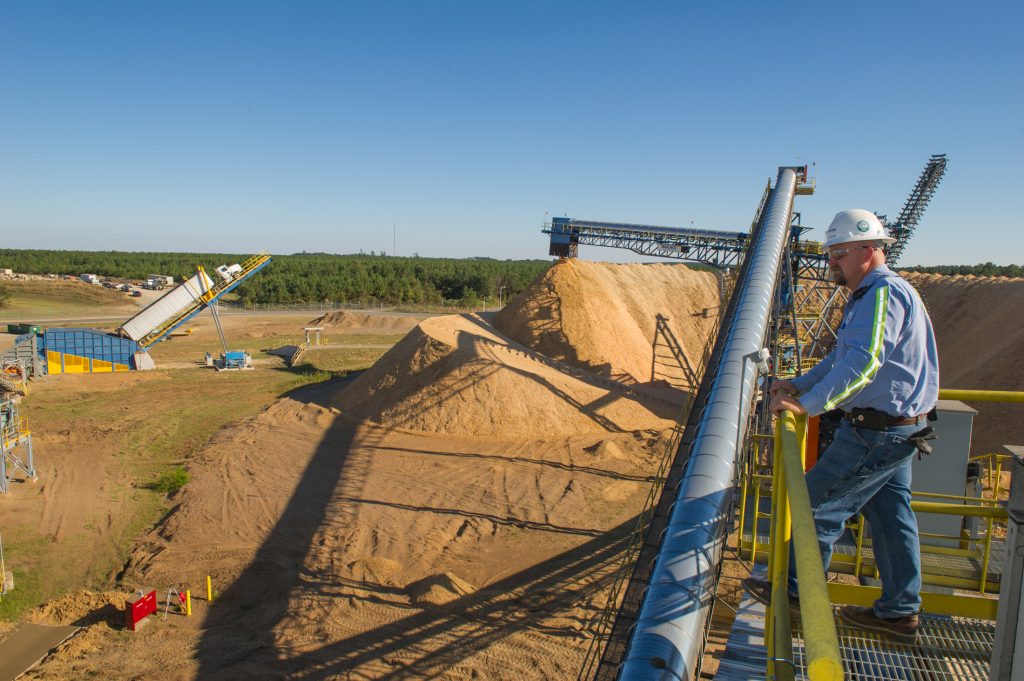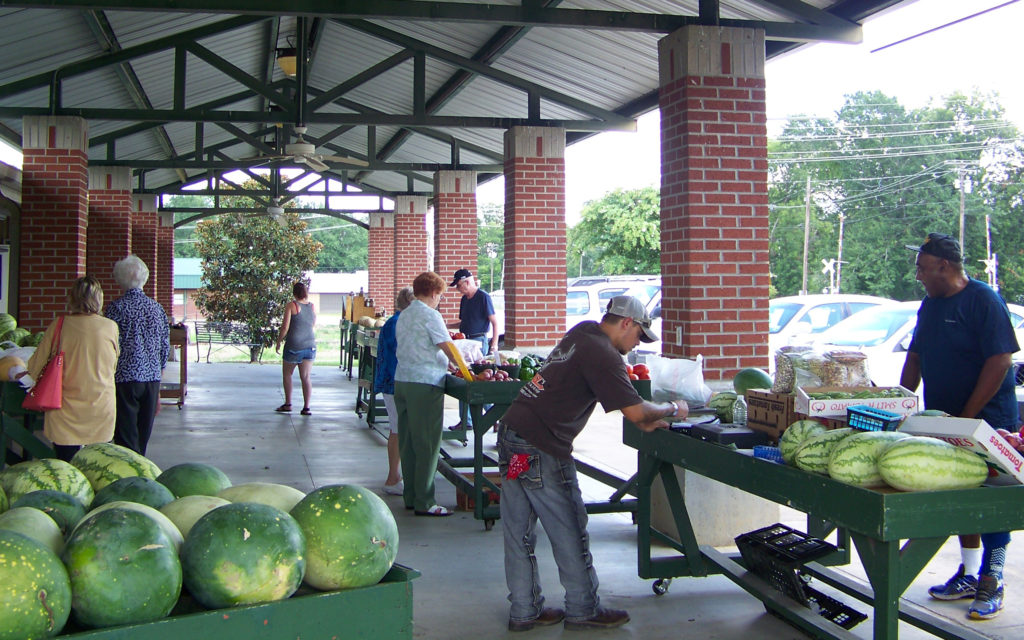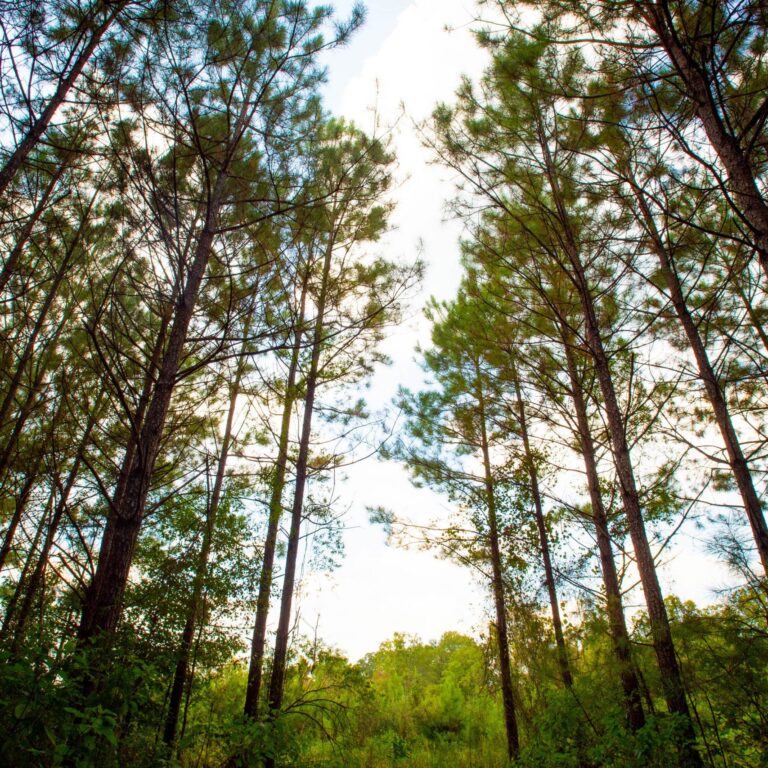“We’ve always had a wood industry,” says Kay King, Executive Director of Morehouse Economic Development Corporation, a non-profit organization based in the town of Bastrop focused on developing local businesses. “We’ve had a paper mill [right here in town] since the 1920s. Generations of people worked there. Fathers and sons.”
Bastrop and the surrounding Morehouse Parish sit in northeastern Louisiana near the Arkansas state line. For as long as anyone can remember, the community and its residents have relied on the land for their livelihood. Many of these residents have ties to farming, and many more have ties to forestry and forest products manufacturing.
“We had a paper mill culture here,” King explains. “Everything revolved around the international market for paper.” But that all changed in 2008 during the height of the global financial crisis, when International Paper – then the area’s largest employer – announced the closure of its mill in downtown Bastrop.
“When the last mill closed, the sky fell,” says King. “Economists said the town was going to go away.” The effects were felt not only by the employees, but also by the many local businesses that had supported the mill’s operations. The region’s forestry sector also suffered from this latest mill closure.
“It was devastating to the loggers and the community,” says Buck Vandersteen, Executive Director of the Louisiana Forestry Association. “People were wondering who was going to take care of the forest. The fear was that in the short run, it would be more susceptible to diseases and insects. And in the long run, nobody would invest in paper, so nobody would replant the timber.”
But in 2014, things began to turn around, starting with the construction of two large domes at the Port of Greater Baton Rouge, 200 miles south of Bastrop.
Building a biomass energy plant
“People were asking what NASA was building in Baton Rouge,” Vandersteen recalls with a chuckle.
A year earlier, Drax Biomass had announced plans to build two compressed wood pellet manufacturing facilities in Morehouse Parish and Amite County, Mississippi, as well as a storage and transit facility across the river from Baton Rouge.
They would source low-grade wood from the surrounding forests to produce compressed wood pellets, a form of biomass energy that is used to generate electricity at Drax Power Station in the UK. The two futuristic looking structures that appeared at the port facility are storage domes, used for holding pellets until they are loaded onto cargo vessels for a the long journey across the Atlantic.
In and around Morehouse Parish, Drax’s new wood pellet manufacturing facility is providing new opportunities for the region’s forests and the communities that depend on them.
“Forestry is an economic decision,” says Vandersteen. “If a landowner does not see an opportunity for profit, they’ll turn that land into a parking lot, a mall, or something else.” With the Drax Biomass plant in Morehouse Parish, the region’s landowners now have a greater incentive to retain and reinvest in their forests for the future.

More than money
Today, the pellet manufacturing facility’s impact extends well beyond the forestry sector. Since the facility was commissioned in 2015, the housing market has begun to rebound. Drax is also helping to connect the local economy to the wider region by reopening a stretch of railway that links Morehouse Parish to a mainline track running all the way to Baton Rouge.
Without Drax Biomass, the track would’ve been removed, explains King. “We would’ve never got it back. Drax has given us access to the world. It was there in pieces but they put that together and made it work.”
Most of all, the plant has brought jobs – sixty-five and counting, plus an additional 150 indirect jobs that support Drax’s operations. “It gives people the optimism of saying ‘I have a job.’ It brings rejuvenation,” Vandersteen says. “It brings hope.”
And while the plant’s benefits to the forestry sector and the local economy are clear, it’s the impact on the community’s optimism that will have the longest legacy.









